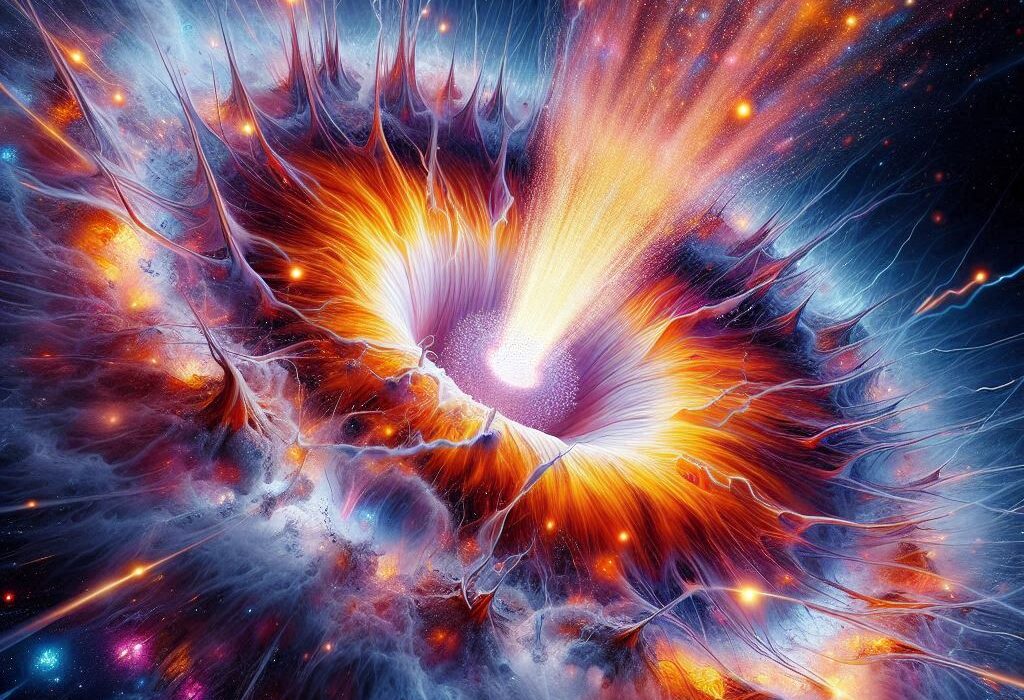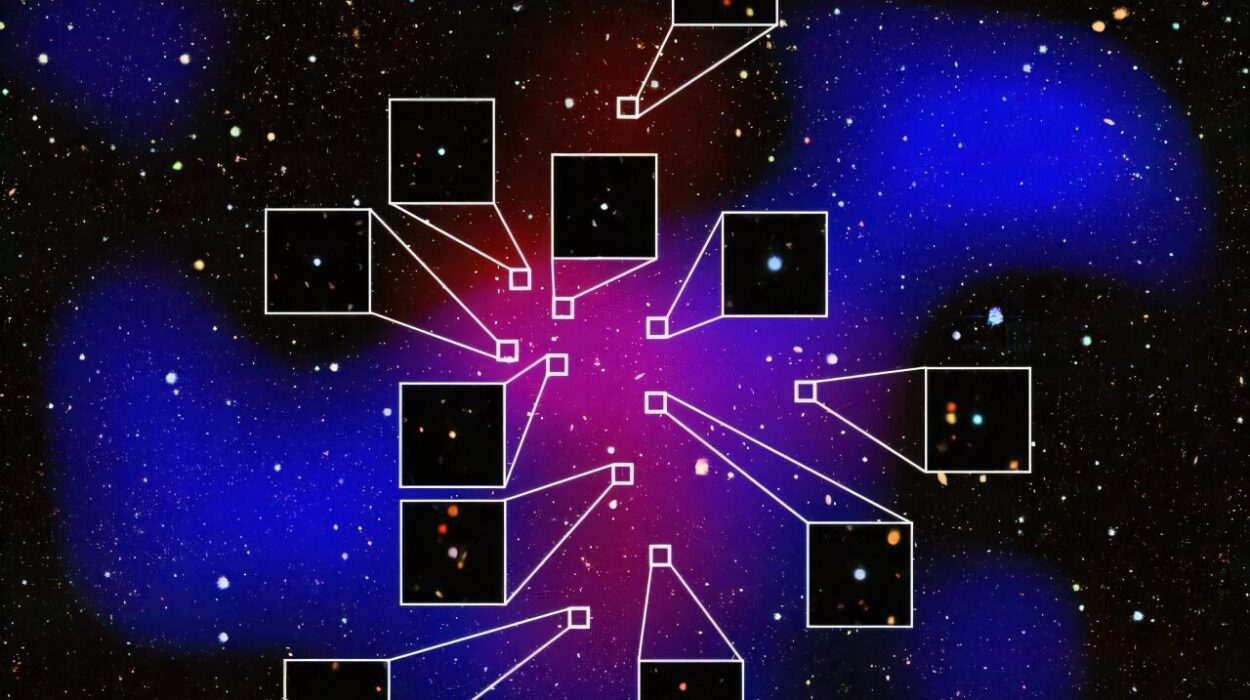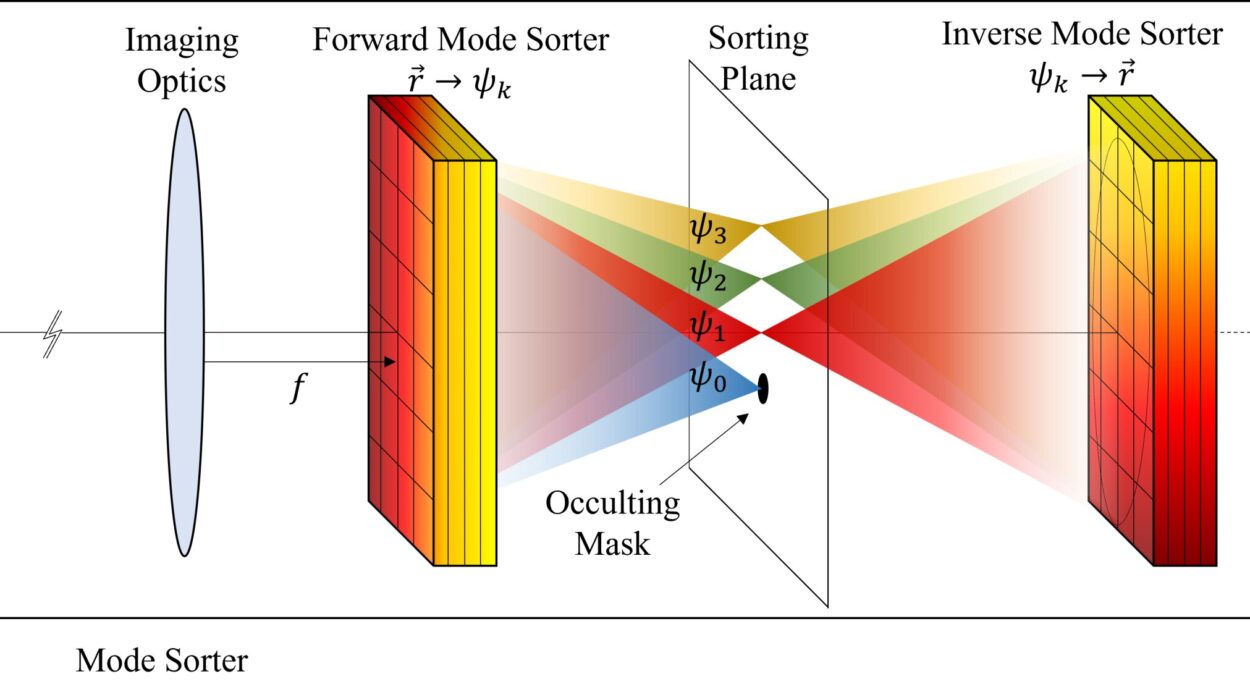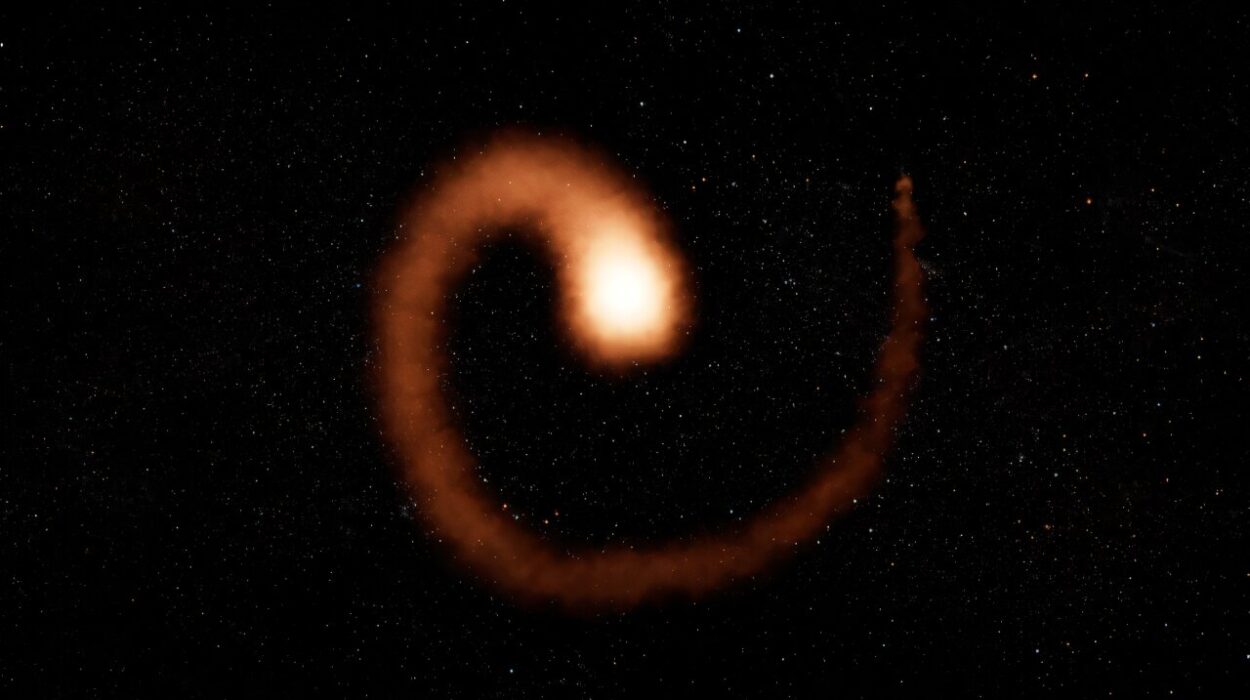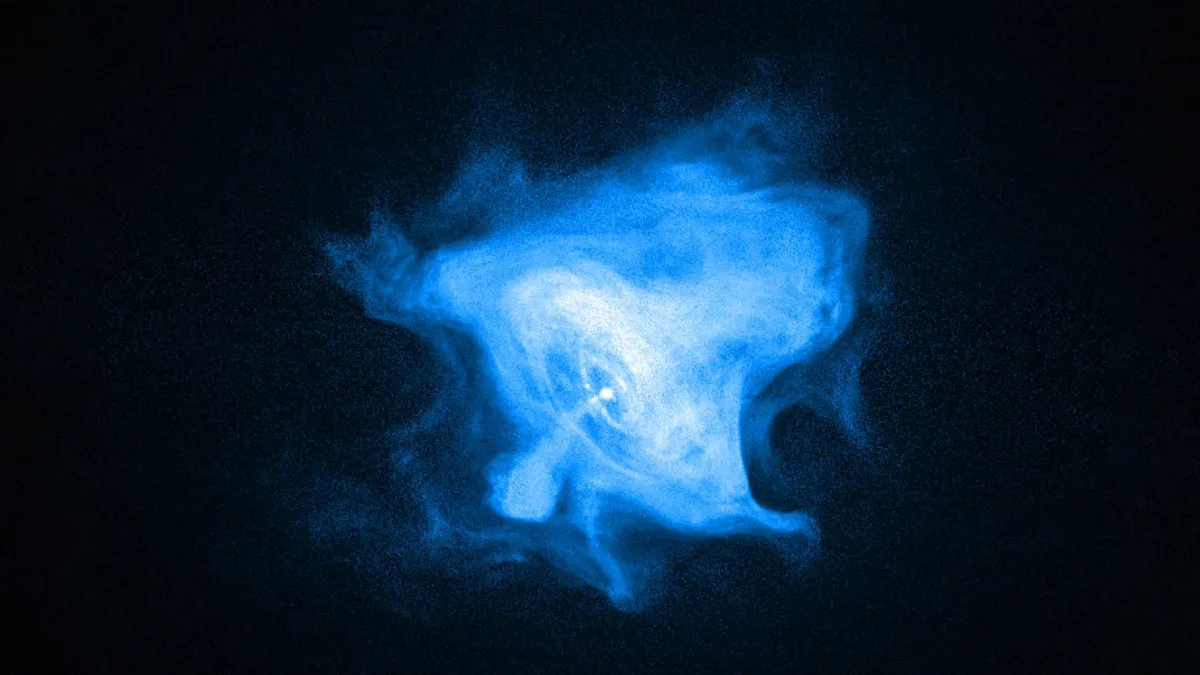In the dark, restless heart of our Milky Way, a faint whisper of light has drawn the attention of astronomers across the globe. It’s not a blazing supernova or a quasar roaring into existence, but something far more subtle — a dim, flickering source known as 4XMM J174610.7–290020. Hidden just 52 light-years east of the supermassive black hole Sagittarius A*, this newly observed object offers a rare glimpse into one of the most enigmatic classes of cosmic phenomena: very faint X-ray transients, or VFXTs.
These elusive systems are like cosmic fireflies, flashing briefly and faintly before fading back into obscurity. Yet, despite their quiet demeanor, they hold profound secrets about the life and death of stars, the nature of black holes and neutron stars, and the complex dance of matter under extreme gravity.
The Quiet Outbursts That Captured the Cosmos
Discovered in February 2024 by NASA’s Swift spacecraft, 4XMM J174610.7–290020 seemed at first to be just another faint source in the galactic clutter. But something about its light — faint yet persistent — caught the attention of astronomers led by Giovanni Stel of the Brera Astronomical Observatory in Italy. They decided to follow it closely, using a network of powerful space telescopes to record its every flicker.
Over the following months, they witnessed two distinct outbursts: one in 2024, lasting about 50 days, and another in 2025, a brief but powerful five-day flare. Each event sent a soft X-ray glow rippling through the dark — not bright enough to rival typical X-ray binaries, but intense enough to confirm its classification as a VFXT.
For scientists, these outbursts were goldmines of information. They revealed that 4XMM J174610.7–290020 emitted light in the range of 10 to 120 decillion erg/s during its first flare and 60 to 90 decillion erg/s during the second — astonishingly faint by cosmic standards, yet bursting with clues about the hidden processes driving its energy.
What Are Very Faint X-Ray Transients?
To understand why this discovery is so remarkable, we must first understand what VFXTs are. Most X-ray binaries — systems where a dense stellar remnant like a neutron star or black hole pulls matter from a companion star — shine brightly in X-rays as matter from the companion falls into the compact object’s immense gravity well, heating to millions of degrees.
VFXTs, however, are far dimmer. Their luminosity is roughly a thousand times weaker than that of typical X-ray binaries, making them notoriously difficult to detect. They spend most of their existence in near-total darkness, flaring up only occasionally when something disturbs their fragile balance — a sudden increase in accretion, perhaps, or a change in magnetic field structure.
Because they are so faint, astronomers have only detected a few dozen of them in the entire Milky Way, and only about a dozen near its center. Each new detection is a rare opportunity to peek behind the cosmic curtain and study how matter behaves in environments too extreme for laboratory physics.
The Signature of a Neutron Star
What makes 4XMM J174610.7–290020 especially fascinating is what its spectrum reveals. The data gathered from the 2024 and 2025 outbursts showed a spectral slope between 2 and 3, a hallmark of systems powered by neutron stars — the ultra-dense remnants of massive stars that exploded long ago as supernovae.
Even more intriguing were the iron emission lines observed during the outbursts. These “iron fingerprints” are clues that the radiation we see isn’t coming directly from the neutron star but is instead bouncing off the surrounding accretion disk — a swirling ring of gas drawn from a companion star. The strong iron complex suggests that we are viewing this system from almost edge-on, with the disk itself blocking much of the star’s direct light.
This would explain why 4XMM J174610.7–290020 appears so faint. The neutron star is shining powerfully, but most of its light never reaches us directly — it’s hidden behind a thick veil of cosmic material.
A Hidden History: The Burst of 2004
While examining older astronomical data, researchers found something unexpected — evidence of a type I X-ray burst from the same location dating back to 2004. Type I bursts occur when a neutron star’s surface undergoes a thermonuclear explosion, triggered by accumulated hydrogen and helium from its companion.
That 2004 event was much fainter than the recent outbursts, but its signature matched perfectly. It hinted that 4XMM J174610.7–290020 has been quietly active for decades, occasionally waking to send brief, powerful flares into space before sinking back into shadow.
This faint and long-lived behavior further strengthens the case that the source is a neutron star low-mass X-ray binary (NS-LMXB) — a system where a neutron star feeds on material from a smaller, sun-like star.
A Cosmic Whisper That Speaks Volumes
The story of 4XMM J174610.7–290020 is one of patience and precision. It is a reminder that not all discoveries in astronomy come from blinding explosions or spectacular collisions. Some are found in the softest flickers of light — quiet transients that challenge our instruments, our theories, and our sense of cosmic scale.
Every photon from this faint source tells a story of unimaginable forces at work: gravity crushing matter into atomic nuclei, magnetic fields twisting space, and radiation escaping through narrow gaps in a swirling disk of gas. These processes happen in silence, billions of kilometers away, yet their faint echoes reach our telescopes and reveal the intricate machinery of the universe.
The Mystery Continues
Despite all that has been learned, much about 4XMM J174610.7–290020 remains uncertain. What drives its periodic outbursts? How exactly does its accretion disk evolve over time? And could there be other, even fainter objects like it hidden near the galactic center, waiting to be found?
For astronomers, the next step is clear — to keep watching. Each new detection, each subtle change in luminosity or spectrum, adds another piece to the puzzle. The universe, after all, rarely gives up its secrets easily.
But one thing is already certain: amid the swirling chaos near Sagittarius A*, 4XMM J174610.7–290020 stands as a quiet testament to the delicate balance between light and shadow — a cosmic whisper that speaks volumes about the hidden heart of our galaxy.
More information: Giovanni Stel et al, The Very Faint X-ray Transient 4XMM J174610.7-290020 at the Galactic center, arXiv (2025). DOI: 10.48550/arxiv.2510.02079

